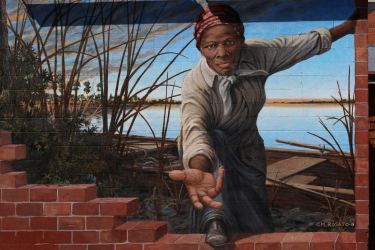
On this day in 1865, Congress passed the Thirteenth Amendment, legally abolishing slavery in the United States. This amendment came two years after President Lincoln issued the Emancipation Proclamation, which sought to free slaves in the South pending a Union victory, and was part of the efforts to abolish slavery permanently.
“Neither slavery nor involuntary servitude, except as a punishment for crime whereof the party shall have been duly convicted, shall exist within the United States, or any place subject to their jurisdiction.” ~ 13th Amendment to the U.S. Constitution
All human beings are created by God in His image and, as such, no individual is more or less valuable than any other human being. Slavery is a horrible, dehumanizing institution, and we are incredibly grateful that our country’s leaders took these steps to bring it to an end. The Thirteenth Amendment was a vital and necessary step in the right direction, but unfortunately, over 150 years after being ratified, slavery still remains a widespread problem across the United States.
In 2021, there were an estimated 1.1 million people living in modern slavery just in the United States. The United States Department of State defines modern slavery as circumstances in which, “Traffickers compel victims to engage in commercial sex and to work in both legal and illicit industries and sectors, including in hospitality, traveling sales crews, agriculture, janitorial services, construction, landscaping, restaurants, factories, care for persons with disabilities, salon services, massage parlors, retail services, fairs and carnivals, peddling and begging, drug smuggling and distribution, religious institutions, child care, and domestic work.”
As we leave a month dedicated to the prevention of human trafficking and enter a month dedicated to honoring the history of African Americans, we offer a few reminders.
North Carolina currently ranks number nine for the highest rates of human trafficking out of the fifty states. While this ranking is in line with North Carolina being the ninth most populated state, it is still cause for grave concern. We encourage you to join us in continuing the fight to end modern-day slavery.